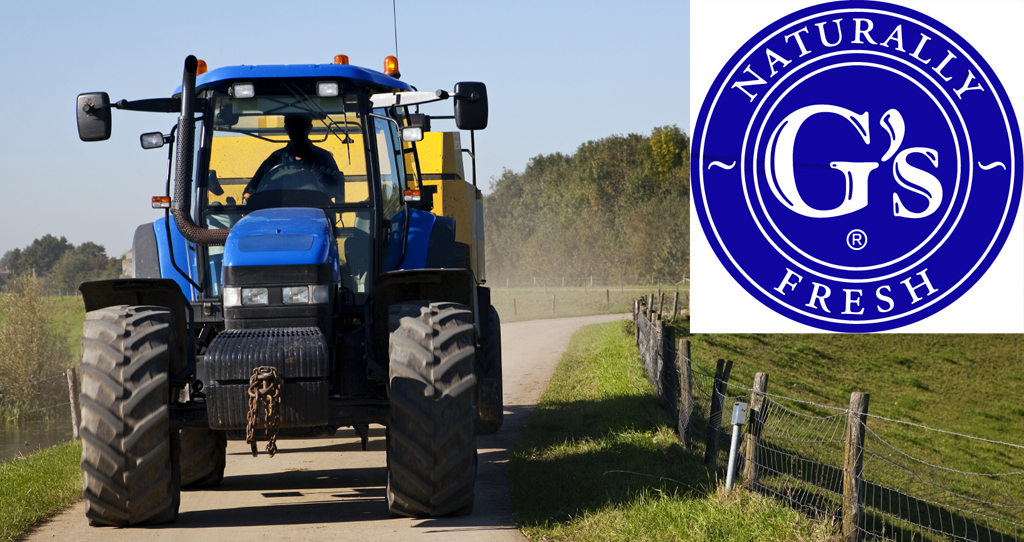These accidents can easily be prevented by following the Safe Stop procedure and by every driver making sure that before they leave the cab:
- The hand brake is engaged
- The controls are in neutral
- The engine is switched off
- The keys are removed
When the consequences are so high why are these simple steps not followed?
Farmers do complain that following the Safe Stop procedure is not always practicable. One common complaint is that GPS systems are lost when the engine is turned off even for a short period of time and then 10 or 15 minutes is wasted when everything loads up again.
There are also concerns that Safe Stop can sometimes cause damage to engines or there may be a need to keep the engine running to power a process.
One company that has addressed these issues is salad and vegetable grower G’s Fresh, which employs 1,500 full-time staff plus 2,500 seasonal staff at peak periods.
John Boyle Head of Health, Safety, Risk and CI at G’s, said: “We take safety seriously for everyone involved in our business.
"We recognised that run over accidents could be prevented altogether if the Safe Stop procedure is followed every time. It is a simple and effective way to remove the risk from vehicle run overs.
"We also recognised that, in certain circumstances, it is not always possible to apply Safe Stop. That didn’t mean we should abandon Safe Stop altogether, as health and safety is all about understanding and effective control.
"We made a list of the equipment or task that was preventing full application of Safe Stop and, with team involvement we then looked at effective measures that could be put into place, using a hierarchy to control and manage risk.
"One issue addressed was the common complaint that Safe Stop cannot be applied because it causes the GPS to switch off, leading to delays.
“After investigating why this happened, the solution we hit on was to provide auxiliary power to GPS and other systems, either by wiring direct to the battery or by adding an additional rechargeable battery.
"There was a little cost to this, and it took a little time, but we felt that the cost in time and money was well worth the investment to remove the risk to our workers of a vehicle run over. In some cases, this prevented the GPS resetting, improving efficiency.
"Safety can often be used to make the process, tasks and controls work well. If it is efficient and well controlled, risk is often significantly reduced.
"Safe Stop is a simple and effective way to remove risk of run over altogether. But where it is not possible, understand where and why and use a hierarchy to control and manage the risk effectively.”
Further advice on Safe Stop is available on the HSE website here.
Members can obtain Safe Stop stickers to use in the cab by emailing Alison Taylor.
Please note that while the head office is closed, staff don't currently have access to the sticker packs. However, any requests will be fulfilled once the office has been reopened.
More on farm safety from NFUonline:
